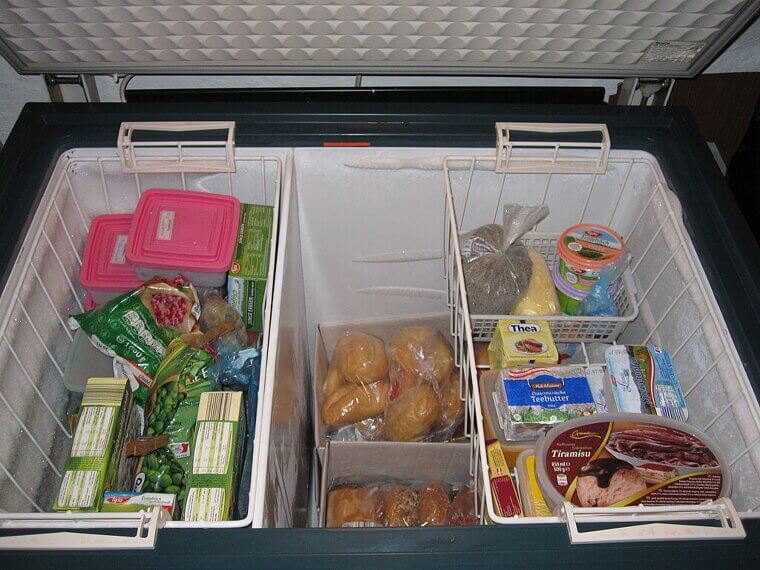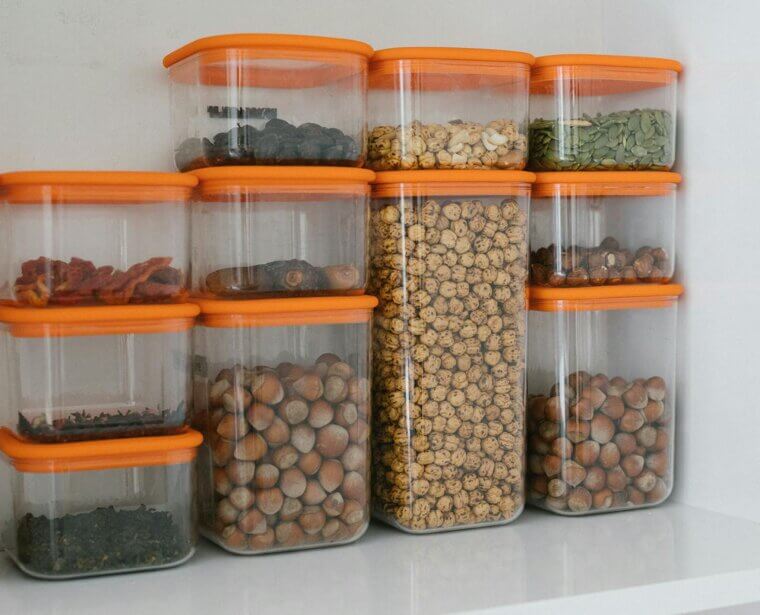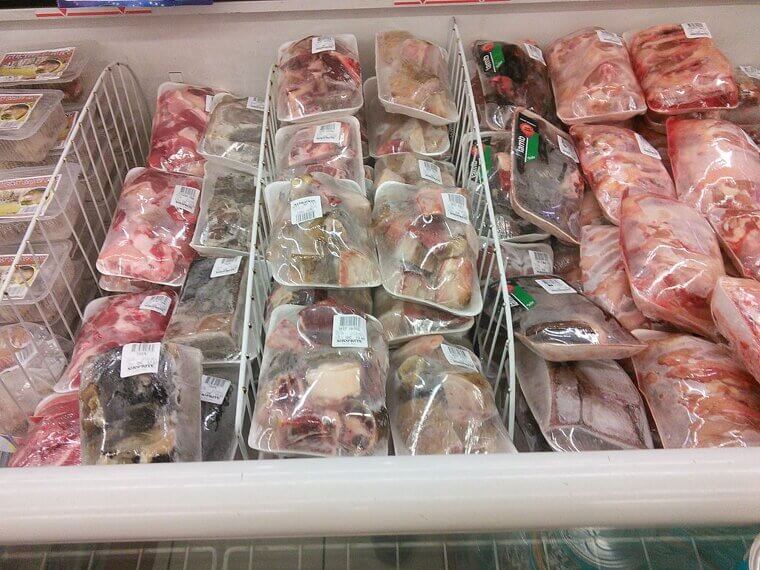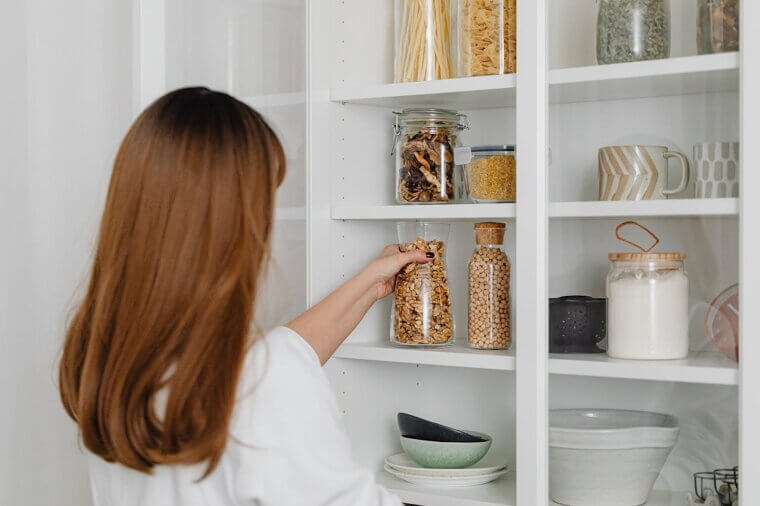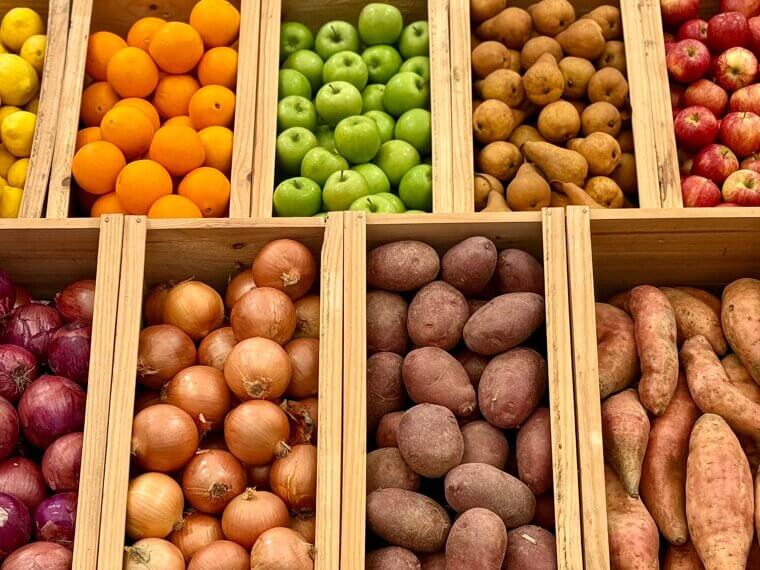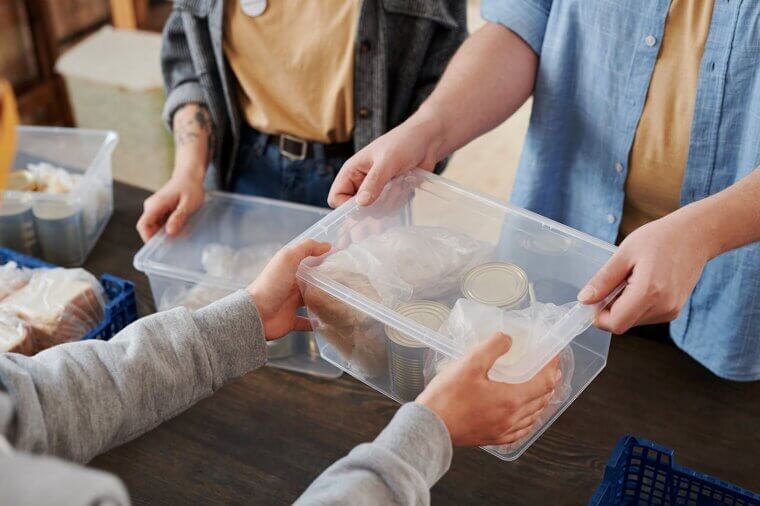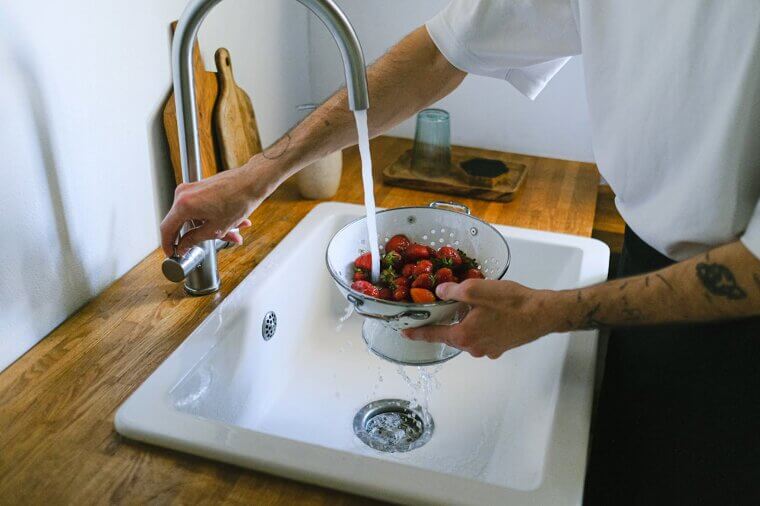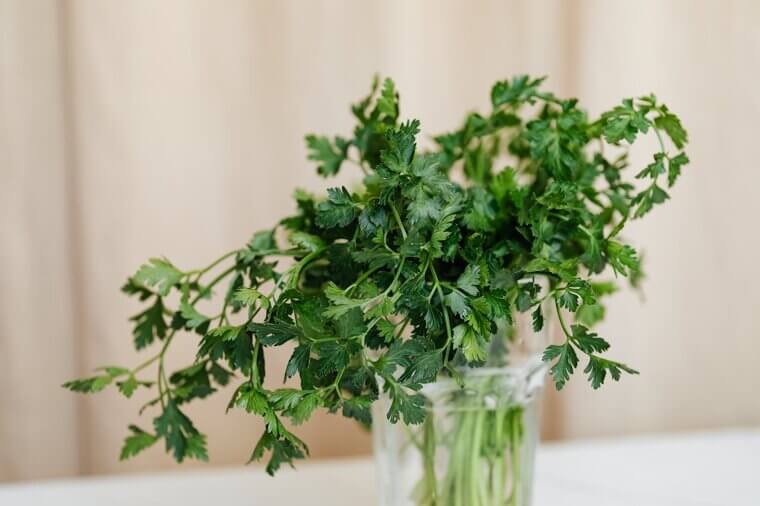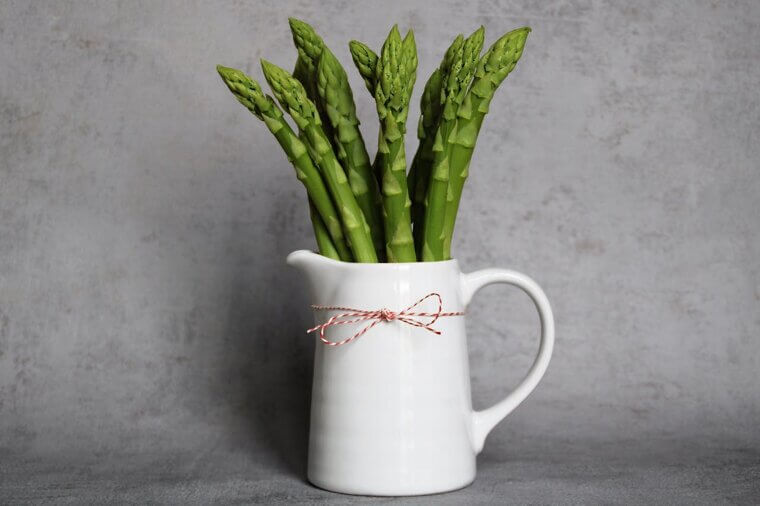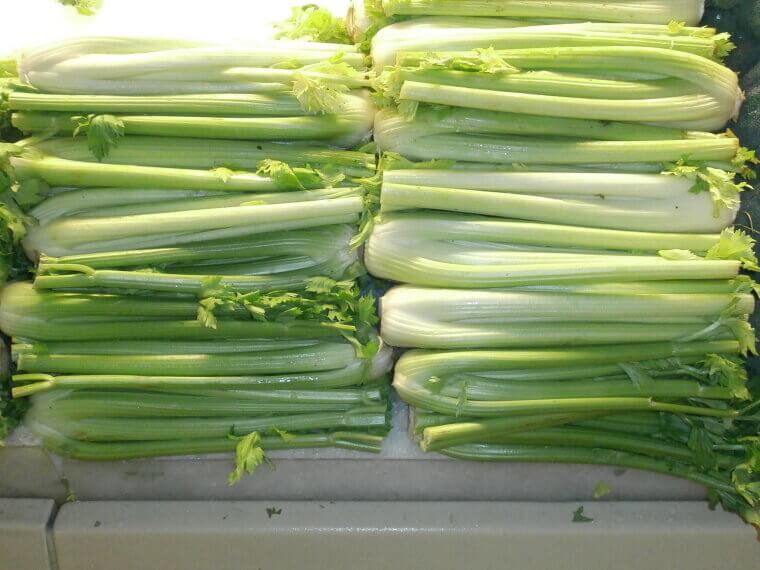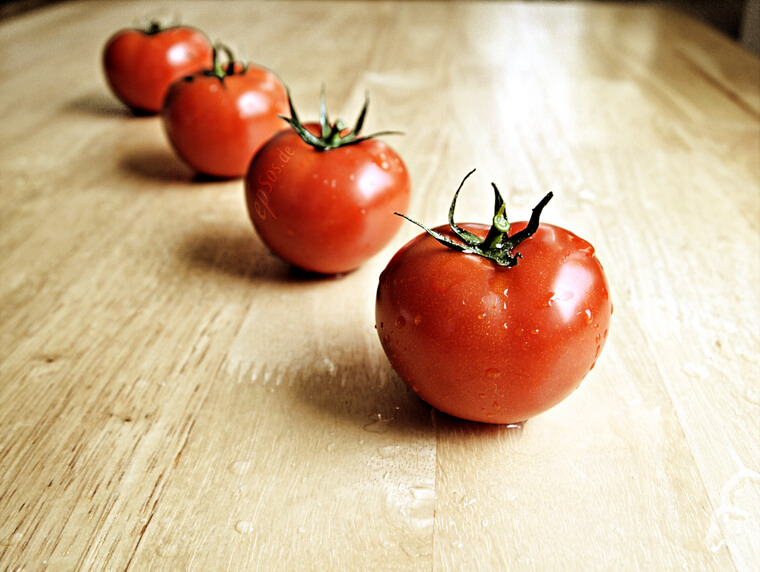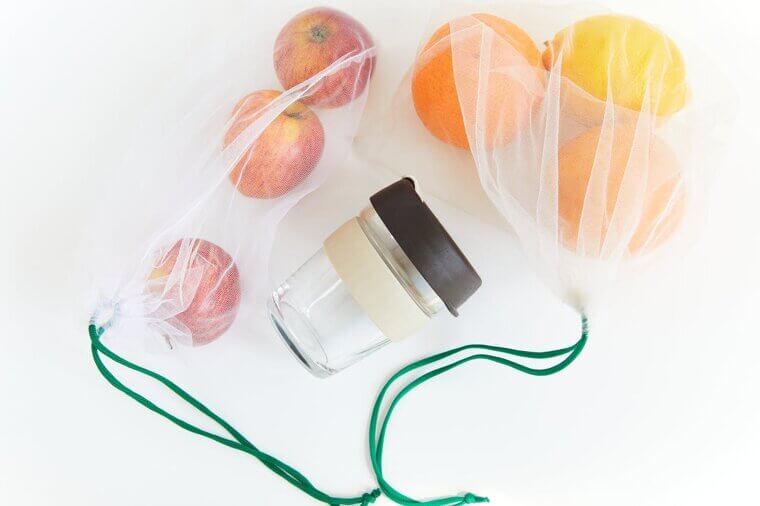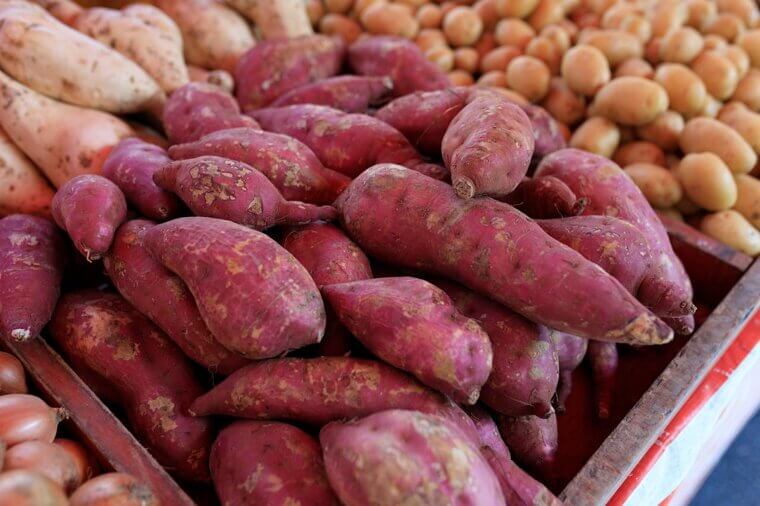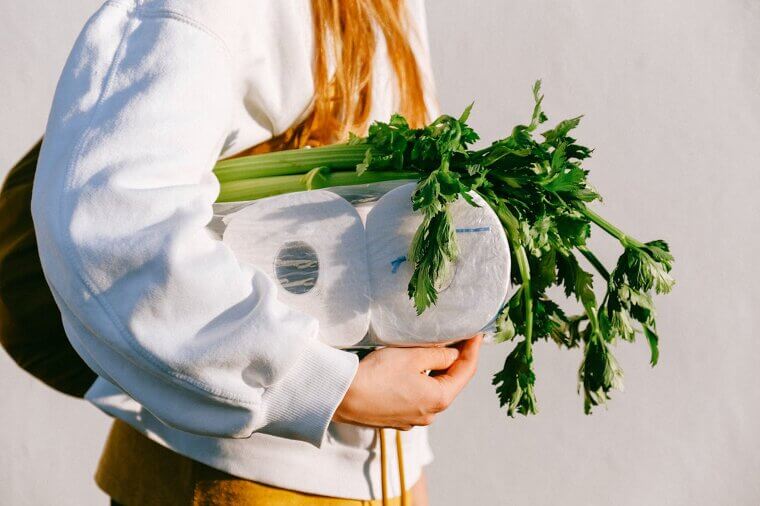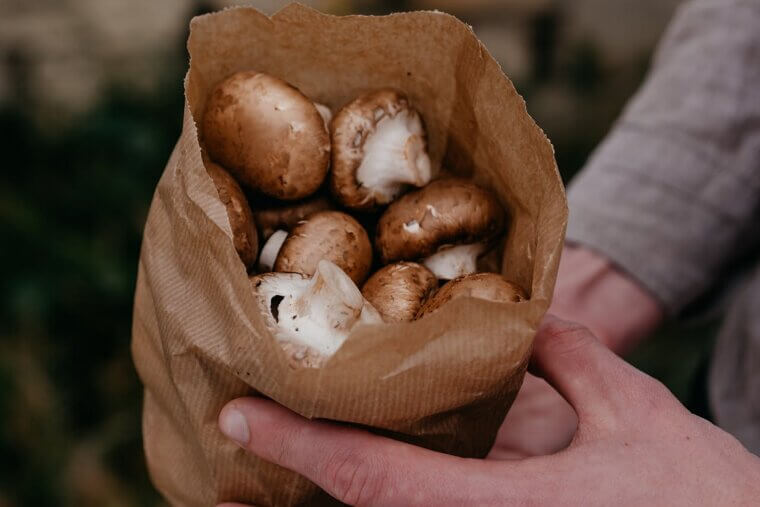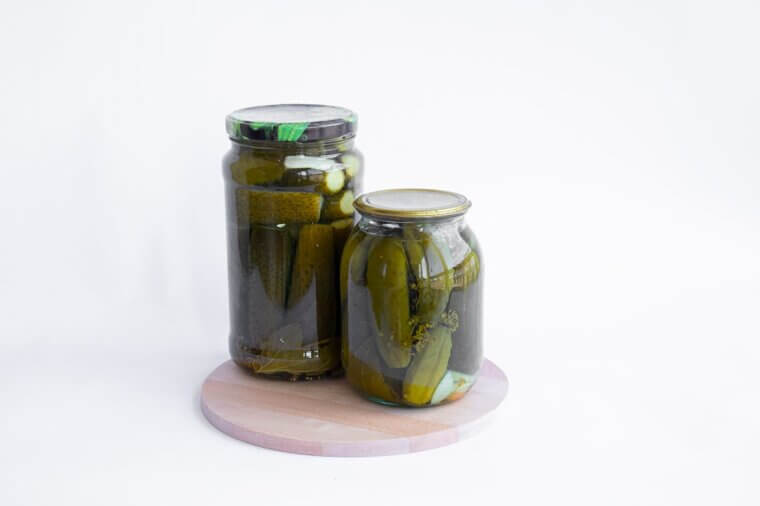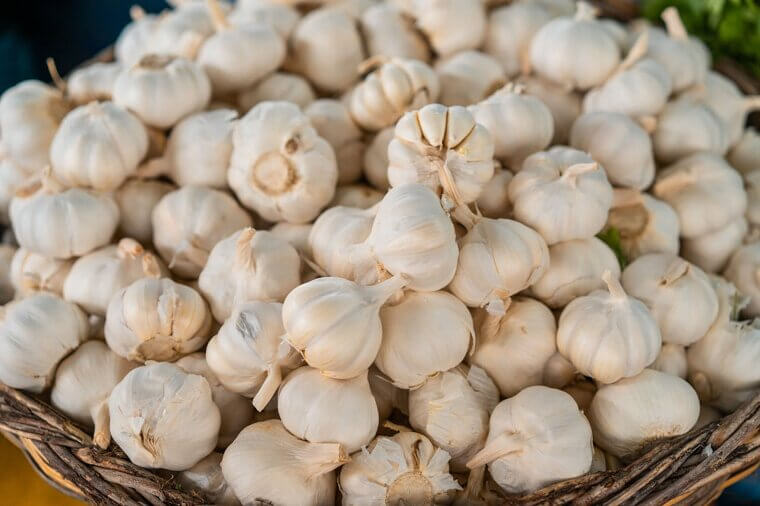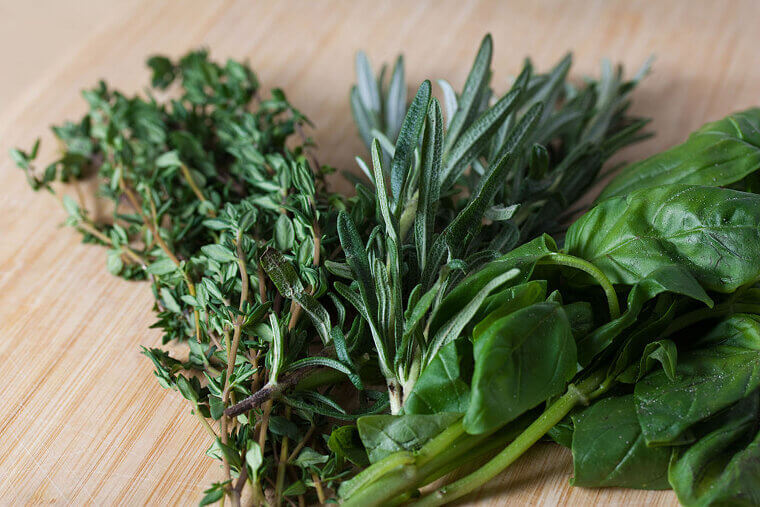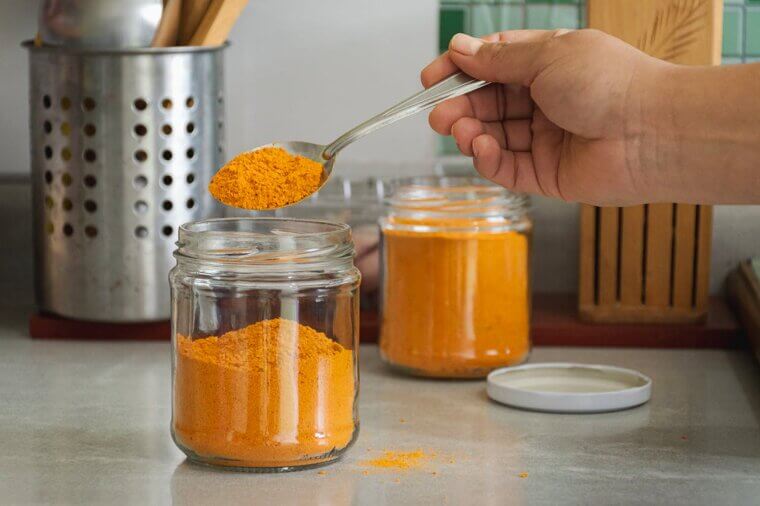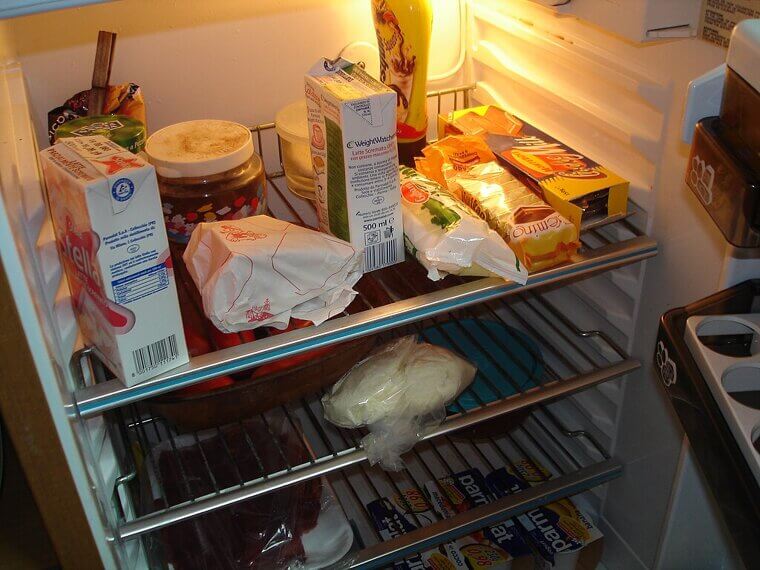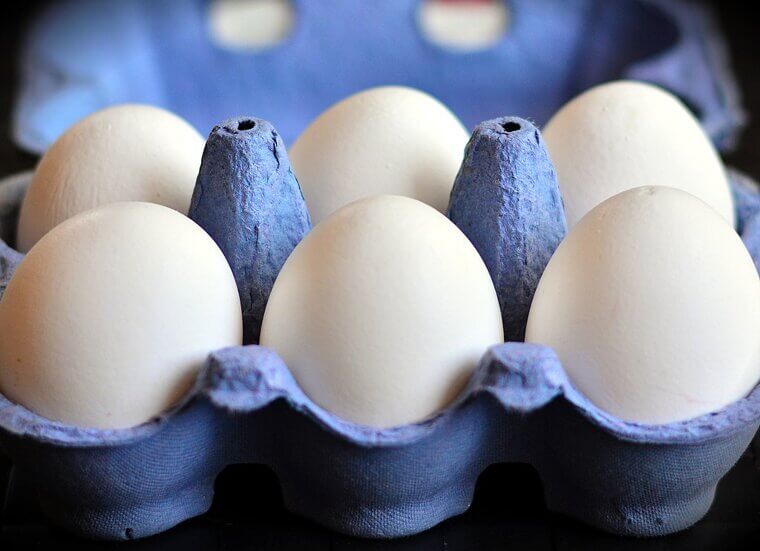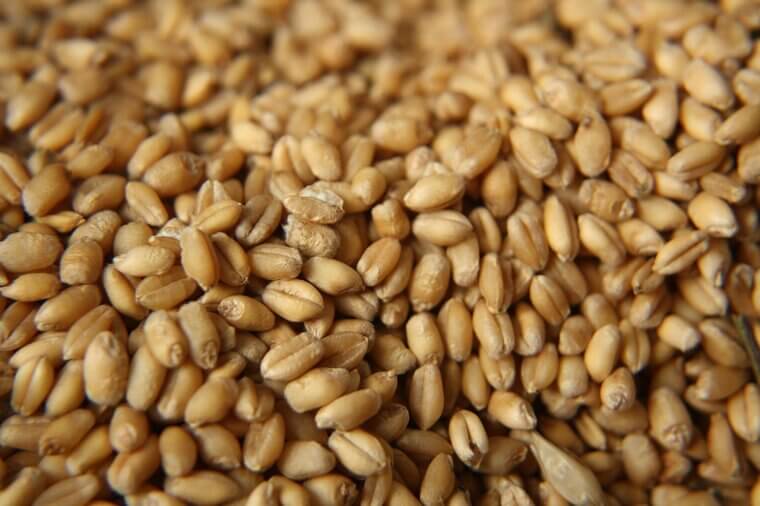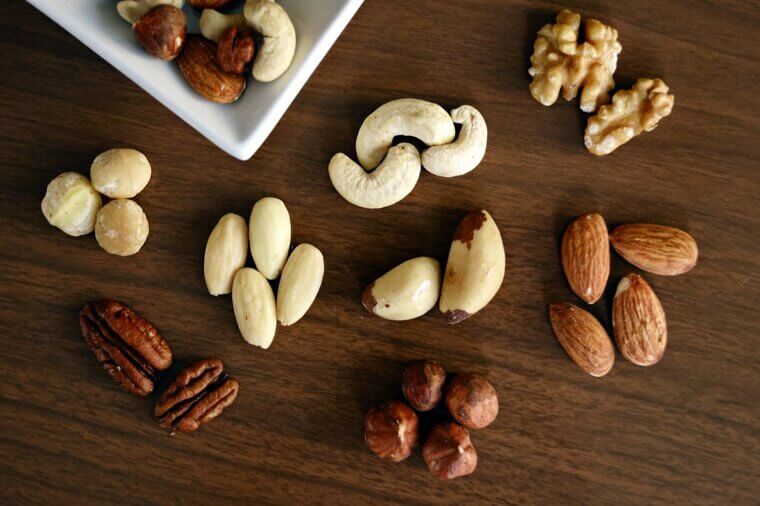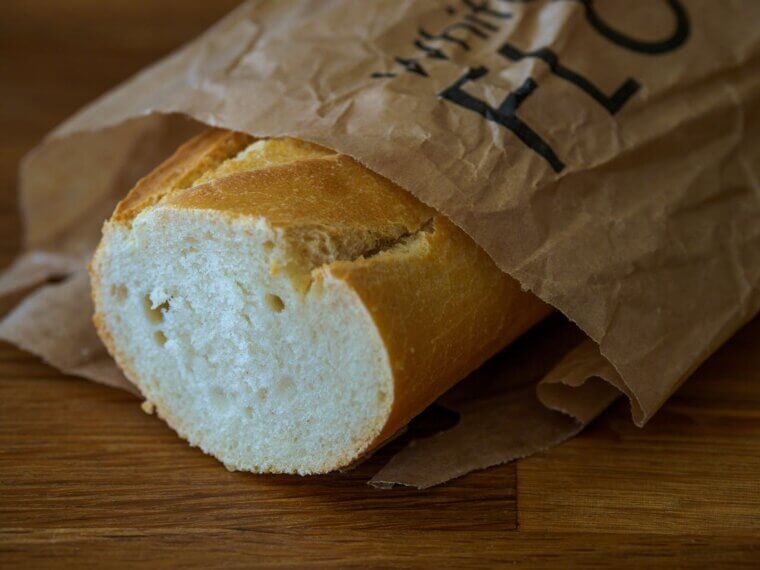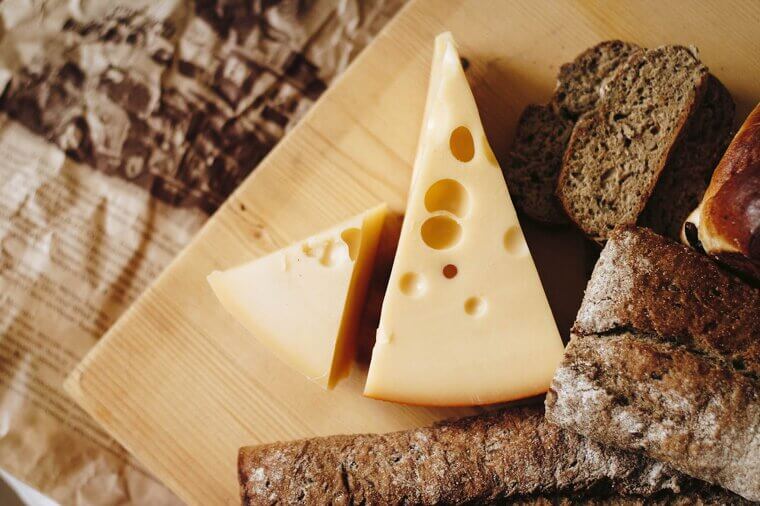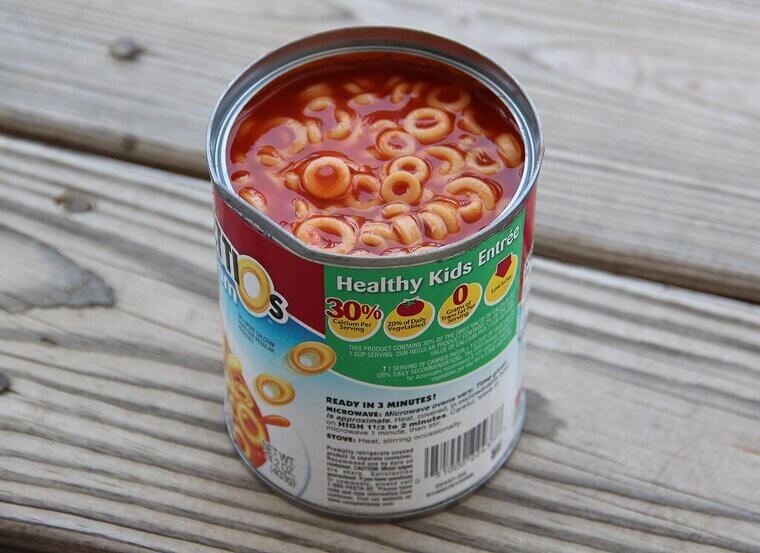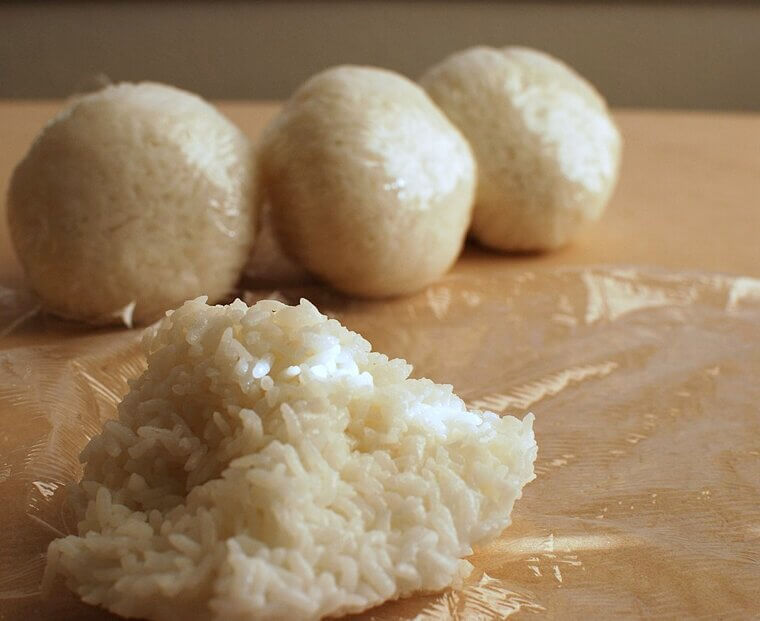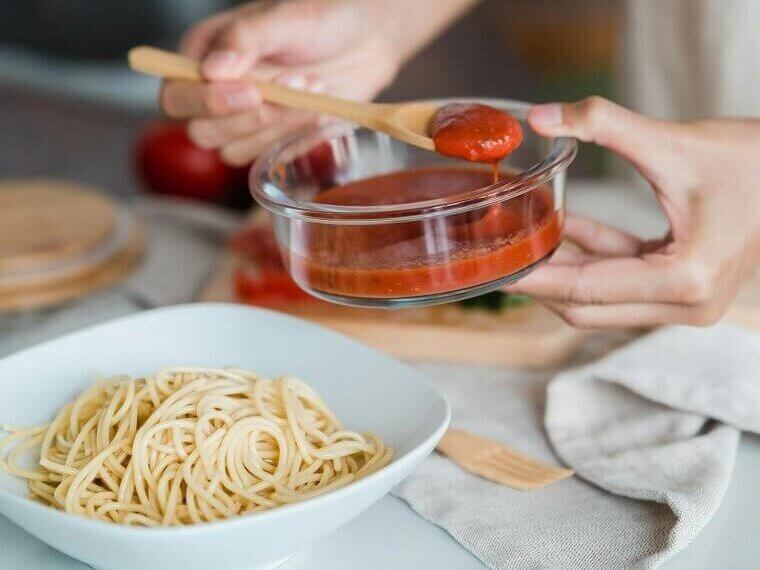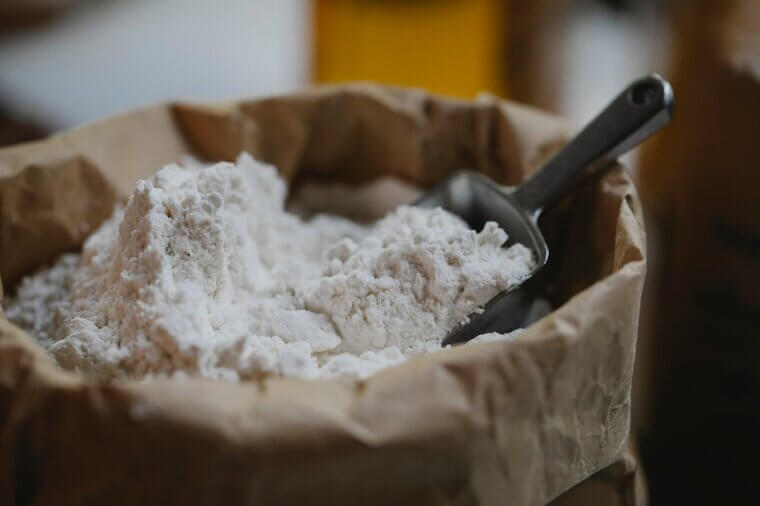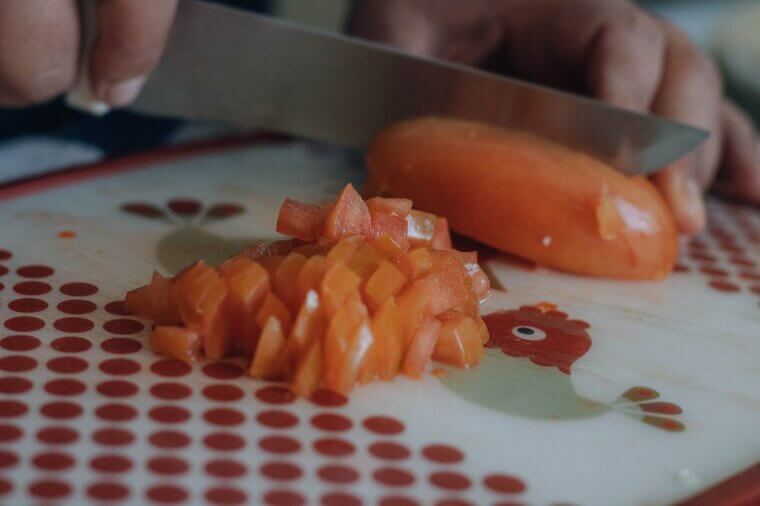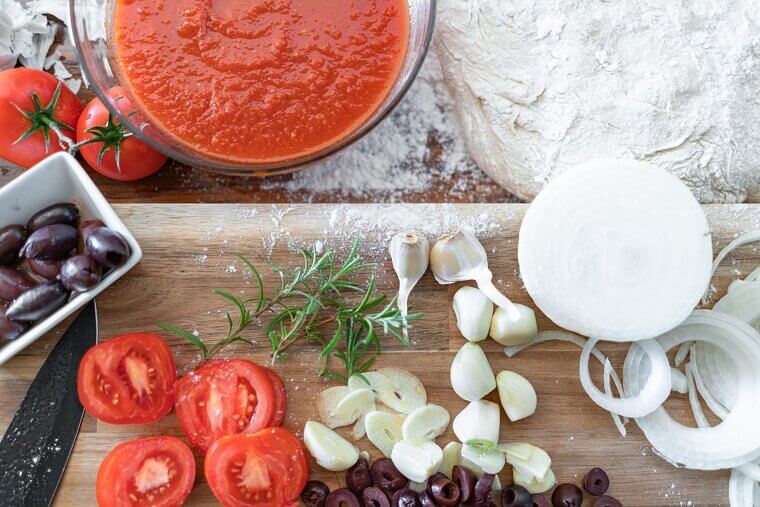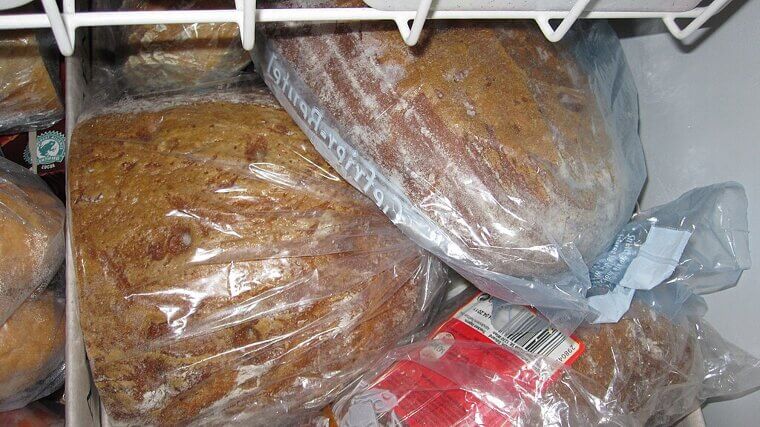Don’t Overfill the Freezer
Stop treating your freezer like a clown car and cramming everything in it all at once. Overstuffed freezers can't circulate cold air, which will turn your carefully stored leftovers into weird-looking ice sculptures.
Feeling like a storage pro already? Let's see what else you can master…
Feeling like a storage pro already? Let's see what else you can master…
Airtight Snack Storage
The moment you open that silver bag, those snacks begin their inevitable journey to blandness. Delay their tragic fate by transferring opened dry goods such as cereal or pretzels into a fully airtight container to lock in their freshness.
Date Everything
Ever find a mystery item in the back of your freezer and ask, "What is this, and is it still alive?" End the guessing game by labeling and dating everything you store. Your future self will appreciate the clarity when it's time to find a no-fuss dinner.
First-In-First-Out (FIFO)
The First-In-First-Out method may sound insignificant and borderline boring, but it is that exact simplicity that makes it so effective. Place your newer grocery items at the back of the shelf so you grab the older ones first, ensuring nothing gets left behind to expire before its time.
Some foods are volatile drama magnets that demand separation…
Some foods are volatile drama magnets that demand separation…
Separate Potatoes & Onions
Think of these two as the worst possible roommates imaginable! Onions release gases that make potatoes sprout early, while potatoes give off moisture that turns onions mushy. Keep these volatile vegetables dramatically far apart, or watch as they commit a catastrophic, soggy self-sabotage!
Pack Your Leftovers
The "Danger Zone" is real, and unless you want to host a dinner for foodborne bacteria, you might want to stop leaving food on the counter to cool for hours. Transferring it to shallow, airtight containers will help it cool evenly and keep the bacteria from spoiling it.
Right Fridge Temperature
A refrigerator at the wrong temperature is a recipe for disaster. That 35-38°F zone is where food stays safe and fresh. Miss the mark and you'll either be feeding bacteria or hosting a funeral for a vegetable that passed away.
Wash Berries Last
Washing berries before storage? Congratulations on getting a one-way ticket to a fuzzy, moldy fruit bowl. Excess moisture will make your berries fuzzy. Always skip the pre-wash and rinse only when you're ready to eat.
Herbs as Bouquets
For delicate herbs like parsley and cilantro, snip the stems, place them in a glass with a little water, and cover them loosely with a plastic bag. They'll last for days and look pretty on your counter while doing it.
Stand Up Asparagus
Give that Asparagus some spa treatment. Trim the dry ends, stand the spears upright in water, and refrigerate. This will keep them crisp and ready to roast. Plus, you'll skip the sad, bendy stalks that nobody wants to stick a fork in.
Did you know foil could make food last longer?
Did you know foil could make food last longer?
Foil for Celery
Is your celery limp? Not anymore! Wrap it tightly in aluminum foil to let gases escape while locking in moisture. This will keep it perfectly crisp for weeks. The foil method works much better than plastic bags or containers for maintaining that fresh crunch.
Counter Tomatoes
Nobody wants sad-looking tomatoes, do they? Cold temperatures destroy the enzymes that give tomatoes their flavor. Instead, store them on the counter, away from direct sunlight, and refrigerate them only if they are perfectly ripe.
Separate Ethylene Production
Who knew different drawers exist for a reason? Keep produce like potatoes, broccoli, and leafy greens far away from apples, avocados, and bananas. The latter releases ethylene gas that accelerates ripening and spoilage in sensitive produce.
There’s much more potential for a food-storing genius hiding in your kitchen!
There’s much more potential for a food-storing genius hiding in your kitchen!
Cool, Dark for Roots
Lasting longer is what it’s all about, isn’t it? Keeping roots like potatoes and onions in the dark and cool prevents rogue sprouting and that mushy existential crisis; no light, no warmth, and definitely no turning green.
Dry Leafy Greens
The crunchy cousins of fresh produce! These dry greens require a fortress against damp, and an airtight solution is the way to go. Keep them sealed, and they'll retain their delightful brittle snap and flavor rather than becoming sad and chewy.
Paper-Bag Mushrooms
Like most humans, mushrooms hate sweat as well. A paper bag is the fungi whisperer, absorbing moisture to prevent that dreaded, slimy meltdown. Keep them airy, dry, and ready to contribute their earthy brilliance.
If it doesn't look right, smell right, or feel cold enough, it's probably a biological failure!
If it doesn't look right, smell right, or feel cold enough, it's probably a biological failure!
Closed Container Cucumbers
The diva of the crisper drawer, the cucumber, cannot handle a single moment of air exposure. Seriously. Give this watery green ego a closed container immediately! It's a life-or-death mission to prevent them from turning into sad, wrinkled shadows of their former crisp selves.
Basket Garlic & Onions
For the love of all that is savory, don't suffocate your garlic and onions! They are total claustrophobes and require a basket and tons of glorious airflow to prevent a moisture-fueled fungal revolt. Like a spoiled teenager, you'd better give them their space or suffer the consequences.
Dry Hardy Herbs
These crunchy, pungent flakes are not fragile. But if you let them get damp, their intense flavors die a quick, pathetic death. Seal your dry superheroes in an airtight container to preserve their glorious, potent magic indefinitely!
Using the same piece of cutlery could cost you dearly!
Using the same piece of cutlery could cost you dearly!
Clean Condiments
Oh, you think that double-dip is harmless? Every time you use the same utensil for a different thing, you introduce a swarm of foreign bacteria, instantly spoiling your precious jars. Always use a clean utensil for each scoop!
Bottom-Shelf for Dairy
Did you know that the door is the warmest part of the fridge? And since dairy products are the world's most sensitive babies, they need the absolute coldest environment you can provide. Stop leaving your milk in the warm door and exile it to the bottom shelf.
Original Egg Carton
As it turns out, the store-bought carton is not a fashion accessory, but rather a high-performance shell! Keep your fragile yolks protected and sealed, and ditch the idea of displaying naked eggs; they absorb every gross, stray odor in your fridge.
A simple chill can double your grain’s shelf life…
A simple chill can double your grain’s shelf life…
Fridge / Freezer Whole Grains
Whole grains are secretly loaded with oils that will go rancid faster than you can blink! If you don't want your precious brown rice to taste like old crayons, keep it in the fridge or freezer inside an airtight container.
Refrigerate Nuts & Seeds
Nuts and seeds are tiny oil reservoirs that will go rancid at the first sign of room temperature. As such, shoving them in the fridge is the only way to save those expensive, delicate fats from getting stale.
Paper-Bag Bread
Is that plastic bag hosting a terrifying mold party on your beautiful bread? Give your expensive loaf the paper bag dignity it deserves, letting it breathe for a glorious, crusty, and dramatically fresh existence without drying out.
Who knew there was a right way to store coffee…
Who knew there was a right way to store coffee…
No-Fridge Coffee
Coffee beans are like caffeinated sponges that’ll absorb every odor they come across. Keep them in an airtight container at room temperature. This will help them maintain their dignity and help you keep your sanity.
Parchment Hard Cheese
Isn’t it a crime to wrap your cheese in plastic in some parts of the world? That sealed environment breeds terrible condensation. Give hard cheeses the porous protection of parchment paper to let them breathe and prevent a slimy, disgusting mold in your hands.
Chill Opened Cans
The moment you crack the seal, the metal starts plotting its revenge! The canning process only protects food while it's sealed, and unless you prefer a strong metallic taste in your mouth, transferring the leftovers to a glass or plastic container and refrigerating them is the best thing for them.
The best time to store food is immediately!
The best time to store food is immediately!
Freeze Cooked Rice
If you've made too much rice (who hasn’t?), you might be inviting a bacterial apocalypse by leaving it out. Once cooled, freeze that grain immediately. When you're ready to use it, just add a tablespoon of water and microwave it. It’s a perfect, time-saving trick for quick meal prepping during the week.
Separate Pasta & Sauce
The sauce and pasta only need to be together for dinner, not for life. If you combine them, the noodles will swell into a mushy brick. Store your pasta and sauce separately. Anything less is a crime against Italian food and should be reported to the authorities.
Freeze Opened Flour & Grains
Yum, who doesn't love a bag of flour with bonus moth eggs, right? Pantry moths can lay eggs in flour and grain packages, which later hatch into larvae that contaminate your baking ingredients. To prevent this unappetizing infestation, freeze your opened grains for 48 hours.
We’ve all got half-used onions and tomatoes lying around…
We’ve all got half-used onions and tomatoes lying around…
Cut-Side Down Onions / Tomatoes
Those fragile insides are all exposed once you slice them. To prevent this dramatic moisture loss and flavor surrender, place the cut surface face down on a plate. It’ll act as an instant seal and save your halves from shriveling into not-so-glamorous-looking discs.
Freeze Leftover Stock
Stock is liquid gold, and it’ll expire faster than your motivation to cook. Do not let that precious broth sit! Freeze it immediately in ice cube trays. They make the perfect portion-sized servings that you can pop out as needed for recipes while helping preserve their glorious flavor!
Freeze Tomato Paste
Most of our grandmas knew this trick! That tiny bit of leftover tomato paste is too valuable to mold. Freeze the remainder in ice cube trays or small portions. It’s a hyper-efficient, dramatic way to guarantee you always have that intense, savory flavor ready for deployment!
Freeze Half a Loaf of Bread
If you won't devour the entire loaf immediately (which most normal people don’t), your best bet is to freeze half of it immediately. It’s the single, essential, dramatic move to stop stale disappointment and prevent that expensive bread from turning into a dried-out, doorstop tragedy.

